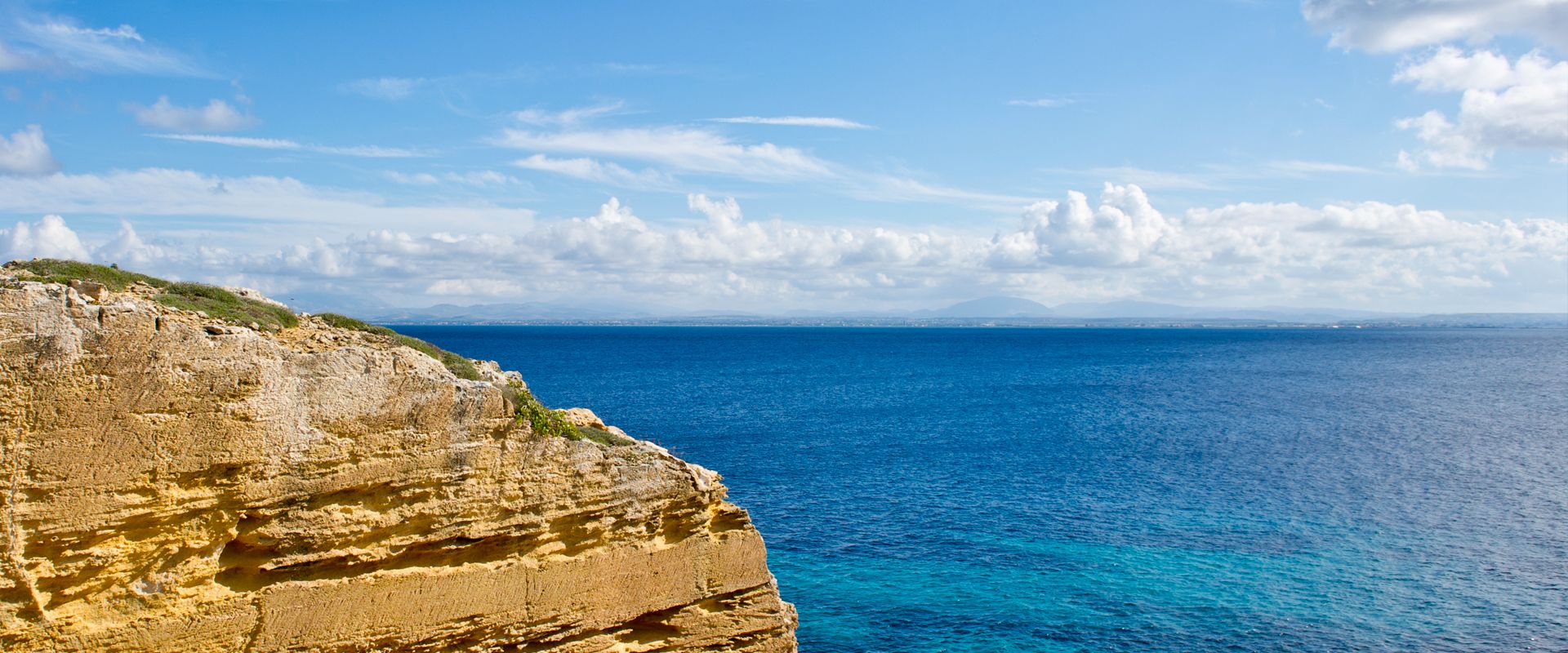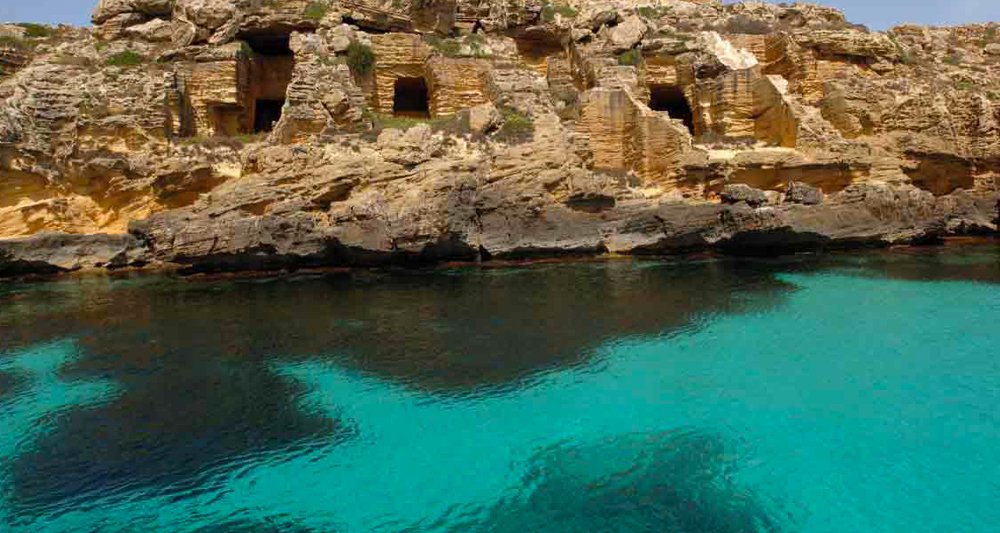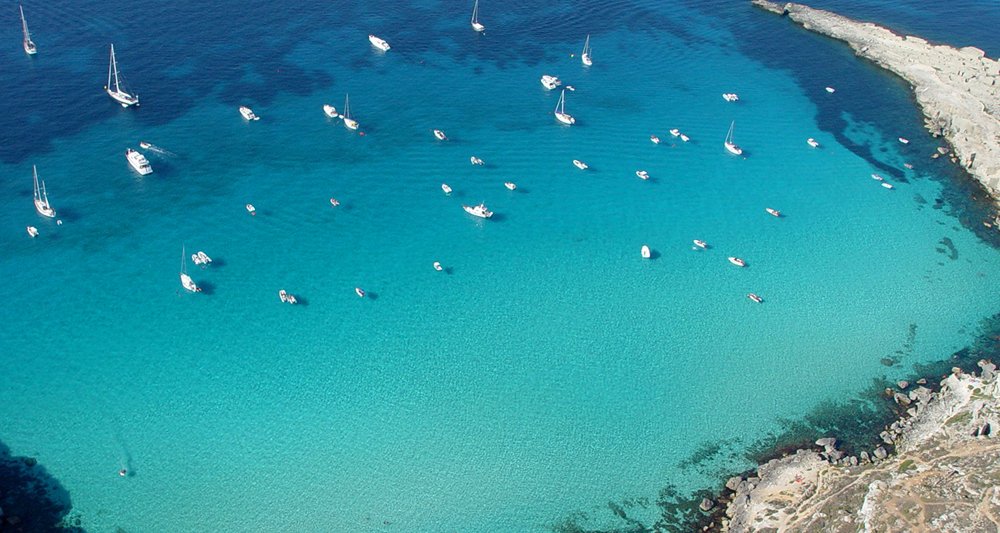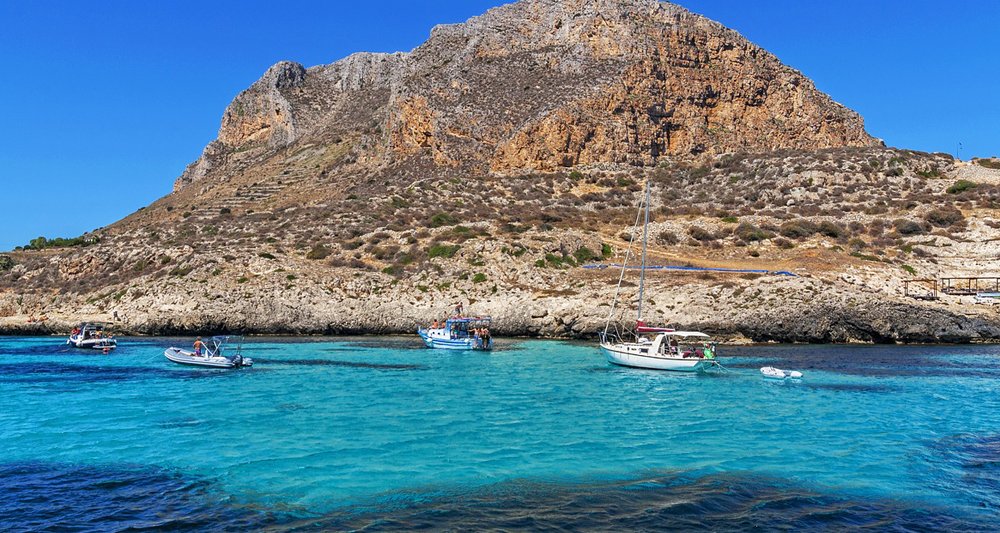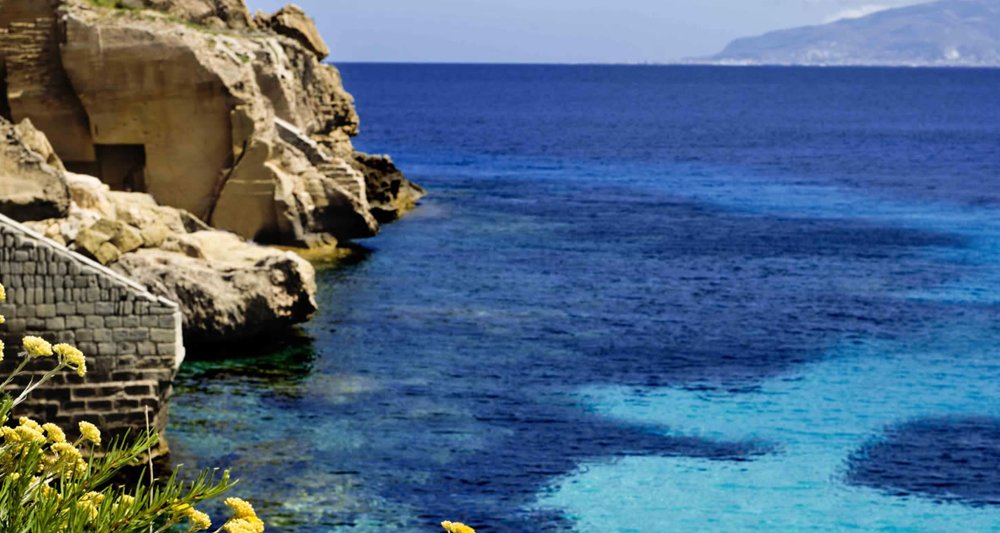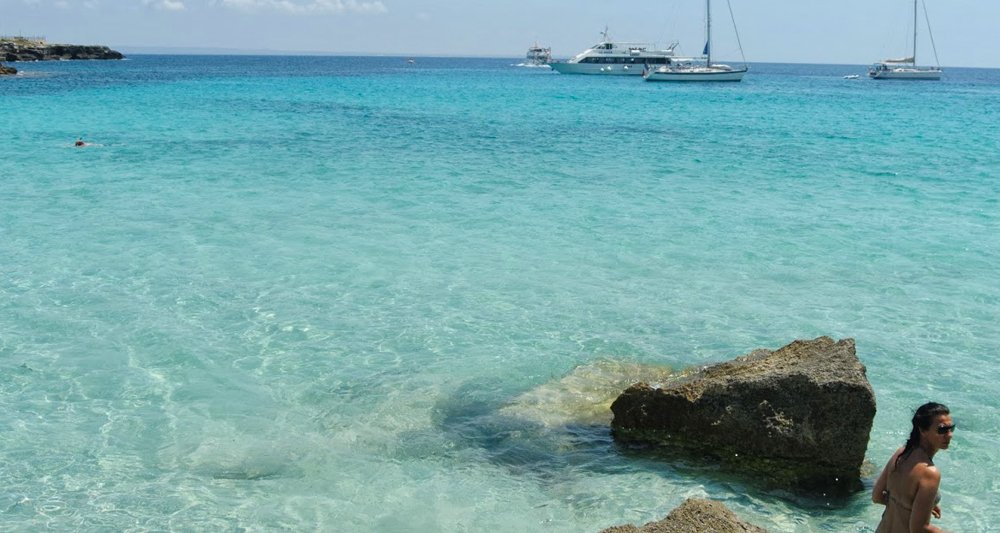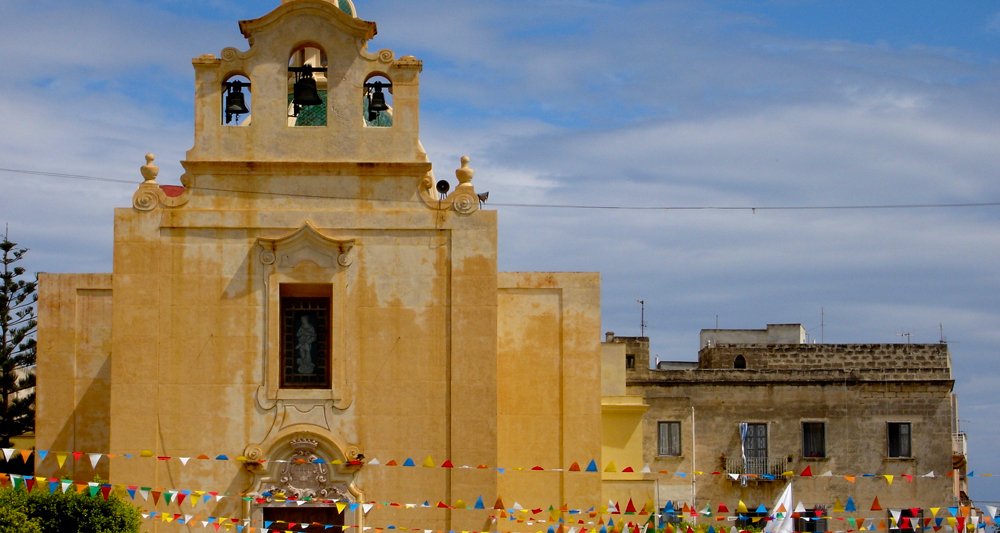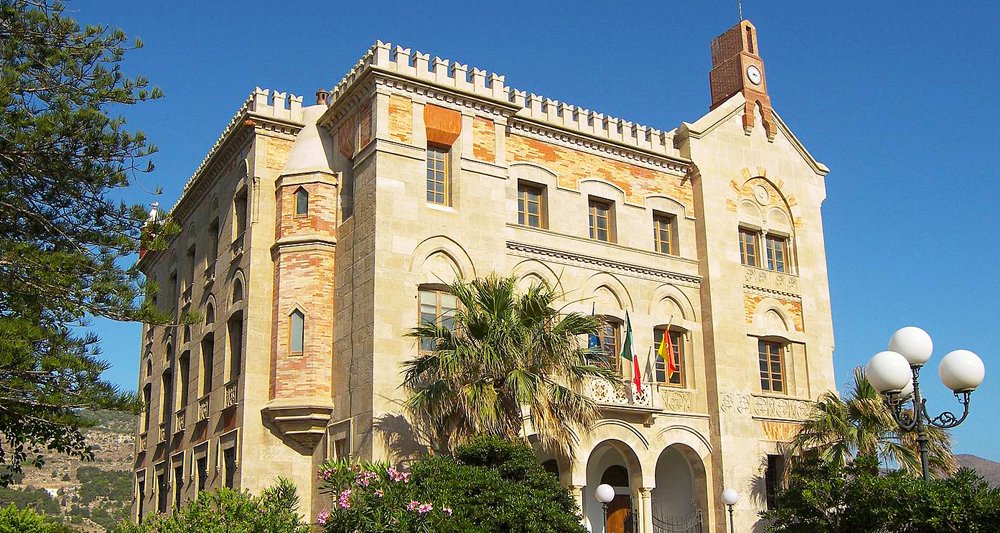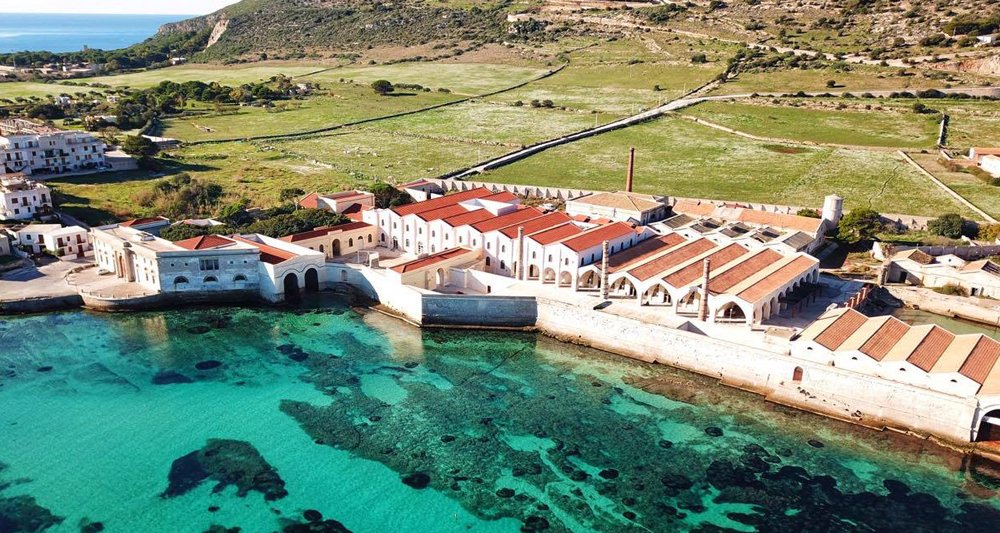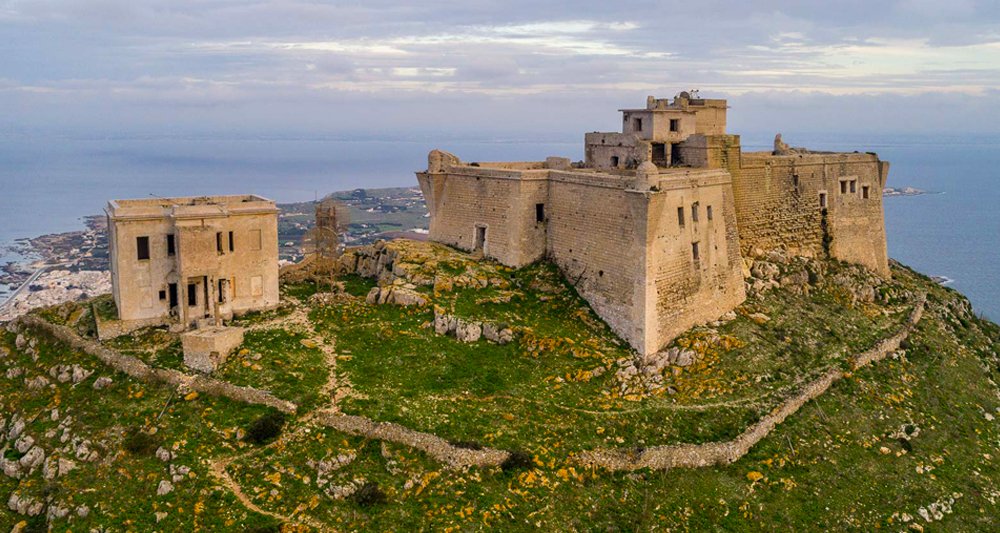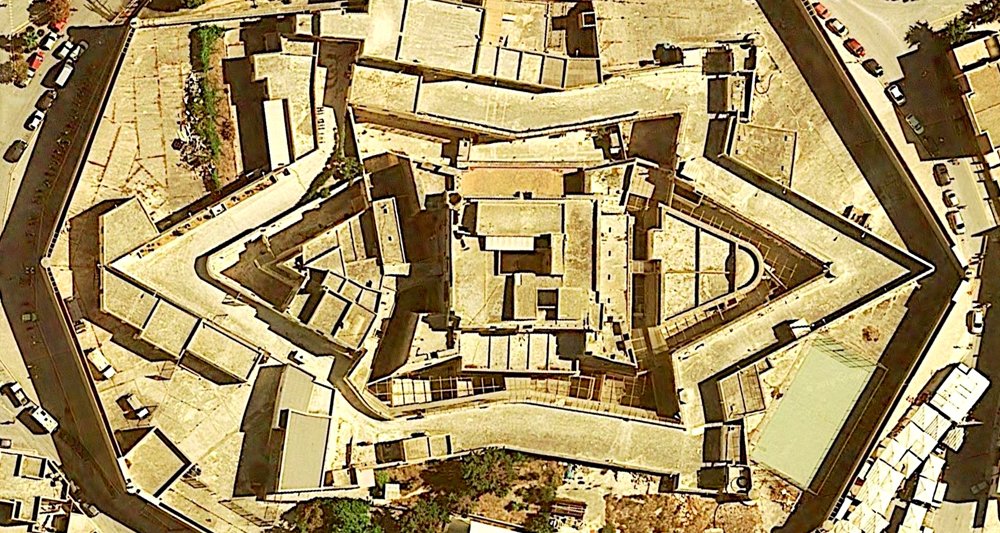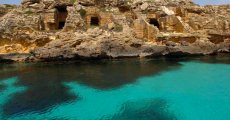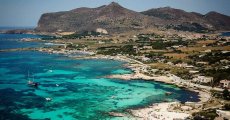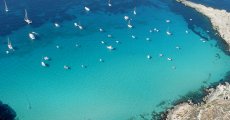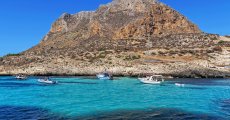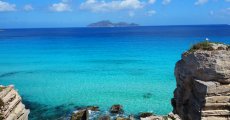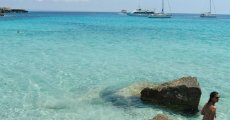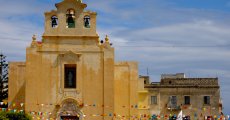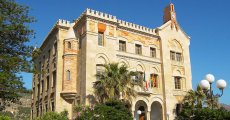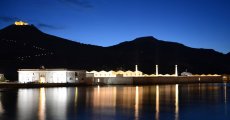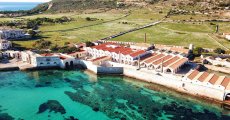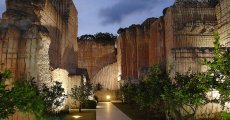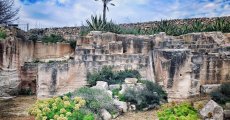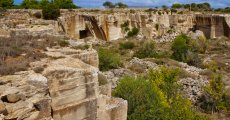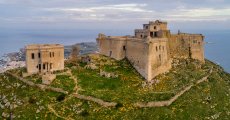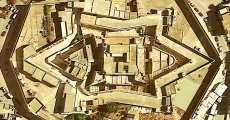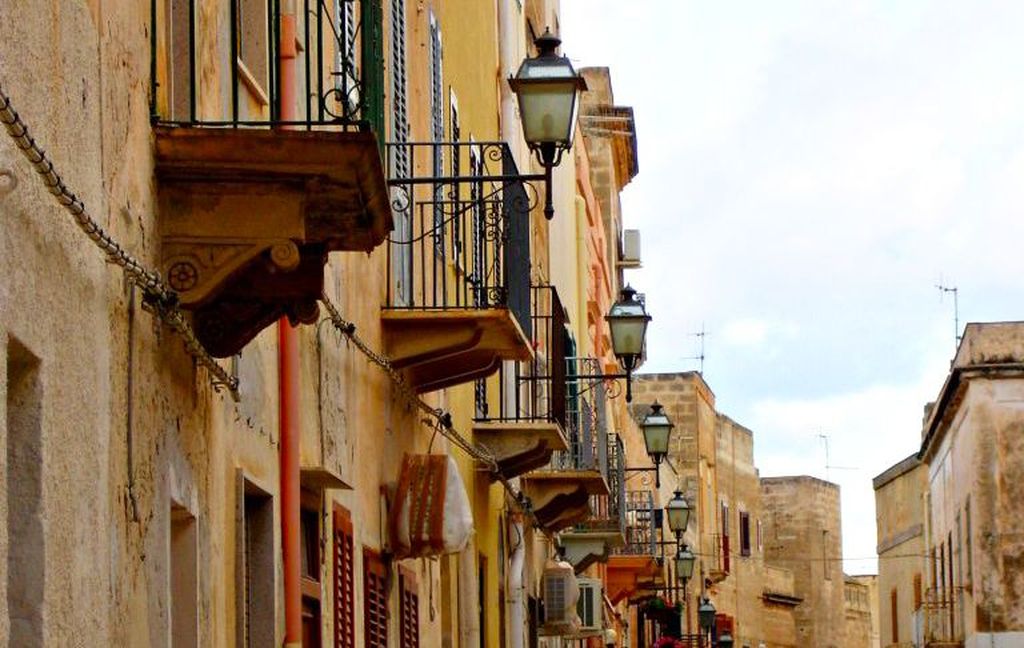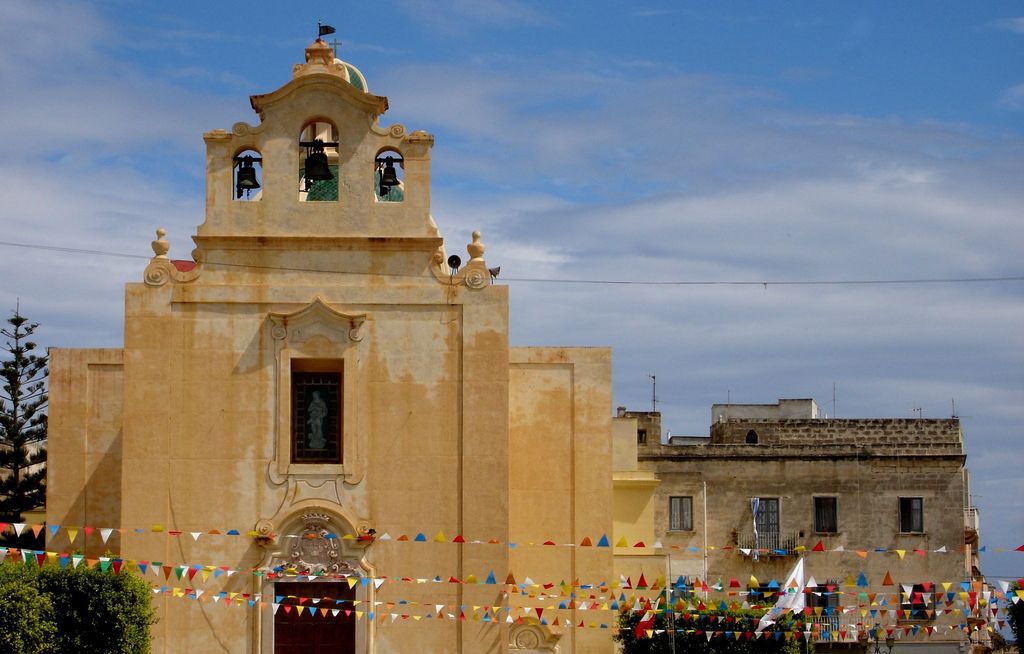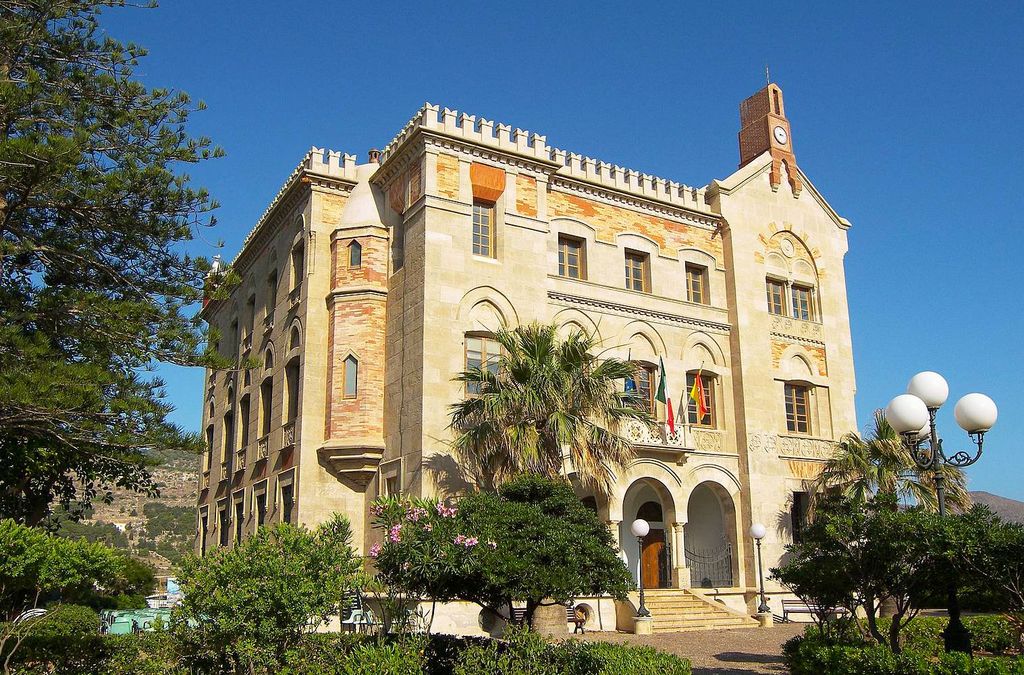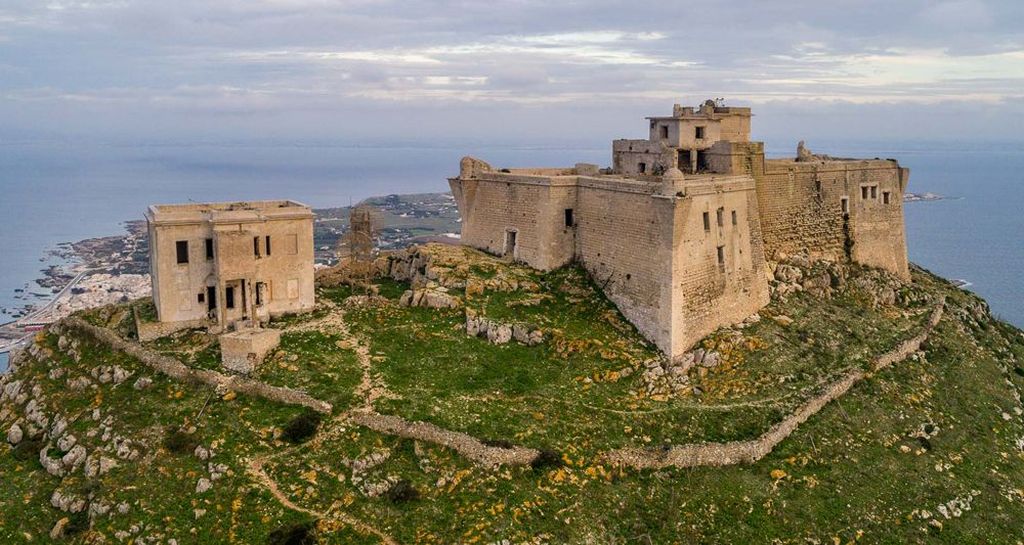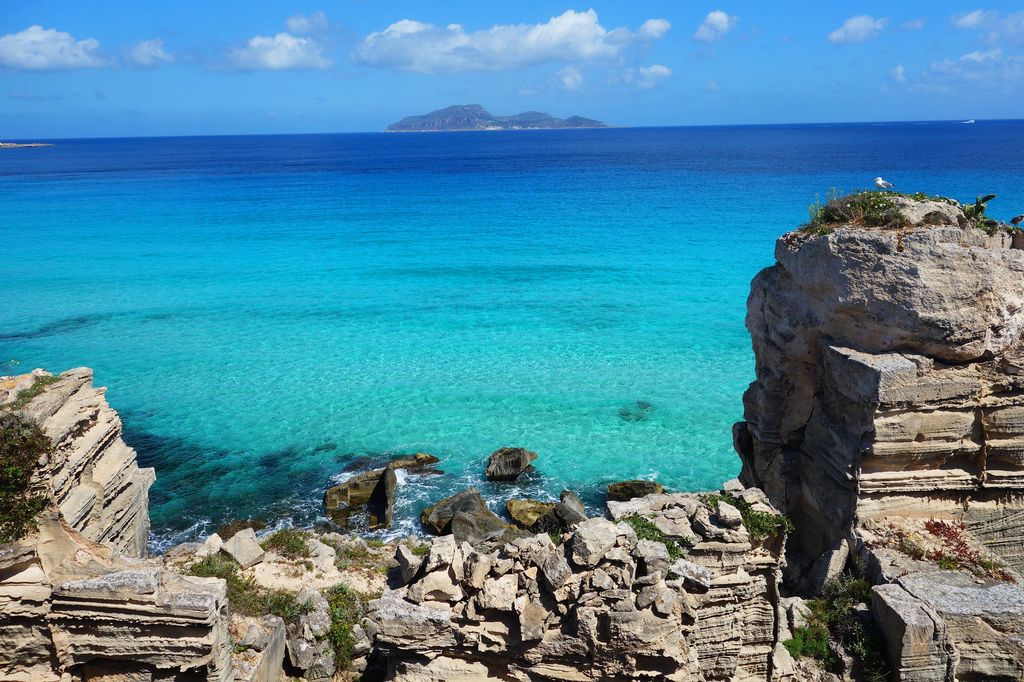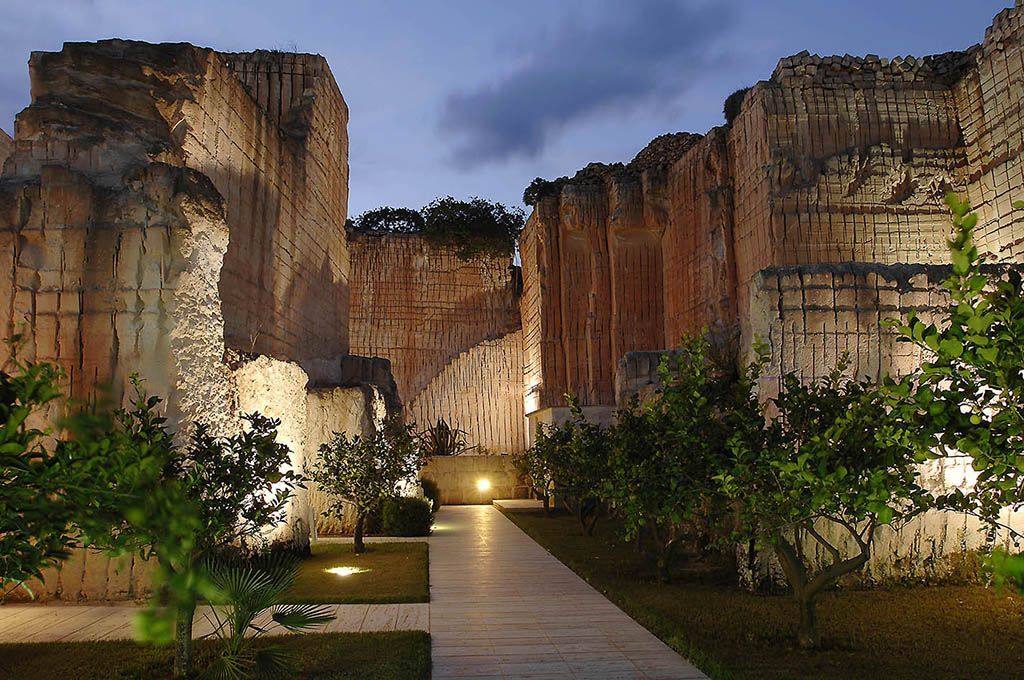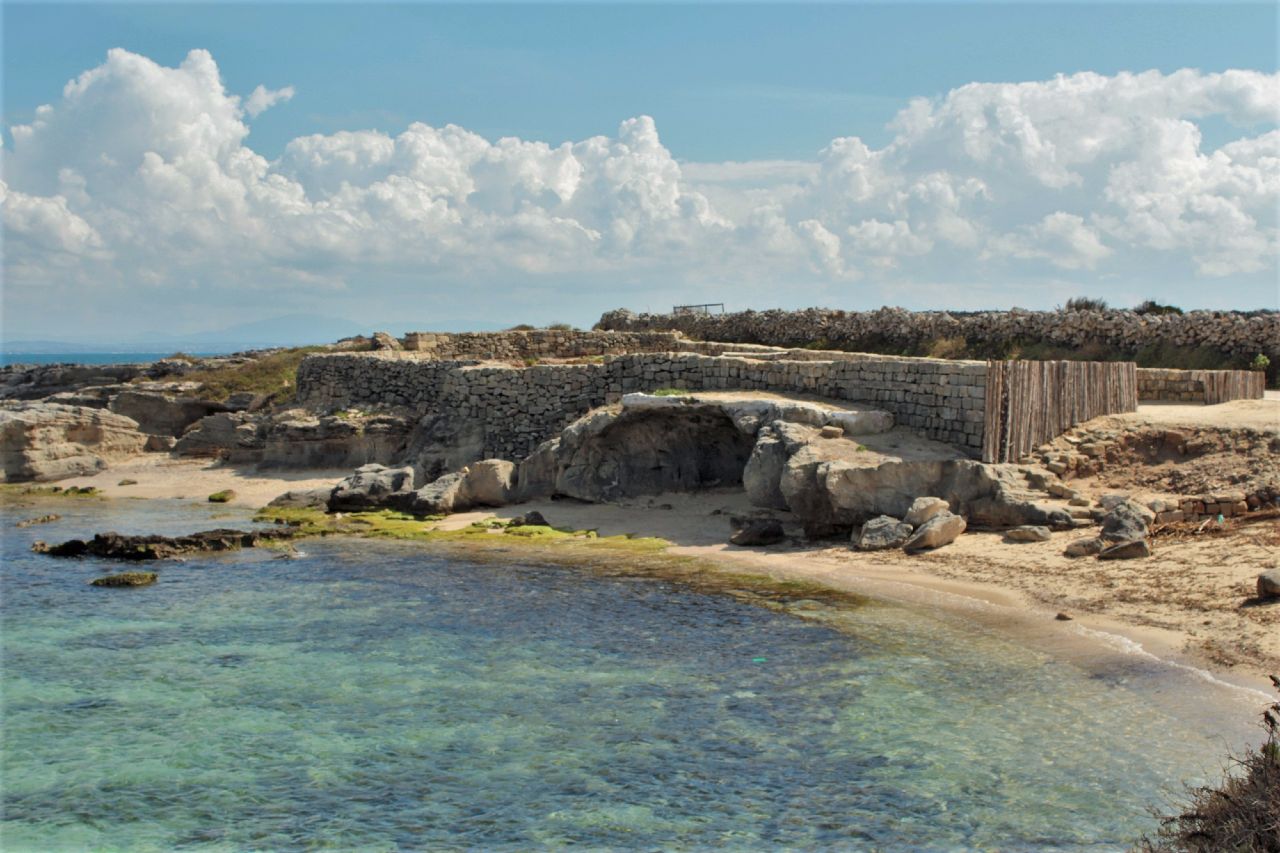
The first human appearance on the Egadi Islands dates back to the Upper
Palaeolithic period, as shown by archaeological finds and graffiti in the
islands' caves. At that time (10,000 BC) Favignana and Levanzo had not yet
become 'islands' (unlike Marettimo). Levanzo must have been joined to Favignana
by a narrow land bridge that stretched from today's Cala Dogana towards the area
of S.Nicola.
Traces of ancient prehistoric settlements have been found in Favignana in the
Uccerie caves near the Faraglione and in the Pozzo cave in the San Nicola
locality. Splinters of flint, obsidian, fragments of worked bones, shells and
other objects of the time demonstrate the use of stone for the construction of
daggers, arrowheads and domestic tools.
Fragments of raw, purified and well-fired clay, coloured in black and red paint,
were brought to light, bearing witness to human settlements in the Bronze
Age.
Grotta del Pozzo
At the Grotta del Pozzo, in the locality of San Nicola, a Neo-Punic tomb was
discovered, accessible via a stepped dromos (descending corridor) and around 10
inscriptions. Of these, the most prominent is located about 1.80 cm above ground
level and is arranged in two rows. The epigraph has special features due to the
presence of two letters that date back to the Punic alphabet of the 4th-2nd
century BC, such as the letter 'tau' and the letter 'mem'. Furthermore, both the
fourth and fifth letters from the right of the second line, the 'h' and the 'm',
are reversed in relation to the ductus practised in Semitic script, oriented
from right to left.
On the basis of these findings, archaeologists claim that from the 4th century
B.C. to the 2nd century A.D. the Grotta del Pozzo on Favignana was used as a
place of worship by people who used Phoenician at least as a liturgical
language, perhaps the inhabitants of the island of Mozia themselves, colonists
from Carthage or clans affiliated with the Elymian peoples of western Sicily
(from Segesta and Erice in particular).
Phoenicians and Punics on Favignana
The greatest concentration of Phoenician-Punic evidence on the island of
Favignana is found in the locality of San Nicola, where a small community is
thought to have existed. Two tombs from the late Hellenistic period, containing
two skeletons and a clay oil-lamp, have surfaced from excavations in the Calazza
locality and an entire Hellenistic necropolis with rectangular burial niches was
found near Cala San Nicola.
Roman Period
Favignana has few memories of the period of Roman rule. However, mosaics of Roman
imperial origin and a nymphaeum, probably used as a women's bath, have come to
light at San Nicola.
The Egadi battle 'museum
At the Florio factory there is a beautiful archaeological exhibition dedicated in
particular to the Battle of the Egadi (between the Romans and the
Carthaginians). This is an important collection. Amongst anchor logs and
amphorae from the Greco-Roman and Punic periods, bronze rostrums found over the
years at the site of the final battle of the First Punic War (241 BC), off
Levanzo, stand out.
The 'Battle of the Egadi', hosted in the premises of the Former Florio tuna
factory in Favignana, is a true journey through the history and places of the
First Punic War. It consists of an exhibition hall and an immersive hall
entirely dedicated to 3D cinema. The visitor embarks on a narrative journey that
starts with a scientific investigation and ends with a strong emotional and
experiential involvement.
The exhibition is constantly being 'updated', thanks also to the research that is
periodically carried out. Recently, in the spring/summer of 2019, two more
rostrums, sixty-eight Greco-Italic amphorae, two Dressel, four Punic and four
plates were found. The two bronze rostrums bring to eighteen the number of those
recovered of the nineteen identified in recent years. Two helmets of very fine
workmanship were also identified and recovered in the same area, at a depth of
eighty metres, by Gue divers. The two bronze finds present a peculiar decoration
in the shape of an animal at the top, and therefore certainly belonged to
graduates of the Roman army. Also two pairs of paragnatids, metal side guards
applied to the helmet, designed to protect the soldiers' faces, were recovered.
These two helmets, together with another recovered in recent days, are added to
the twenty-two already recovered in previous campaigns. Some of them, already
restored, are on display at the Museum of the 'Battle of the Egadi' in
Favignana.
But the real novelty of the research is the discovery of a metal sword, about
seventy centimetres long with a blade five centimetres wide, which probably
belonged to the soldiers of one of the two armies. The rostrums, helmets, ship's
crockery and numerous amphorae did not complete the picture. The soldiers'
weapons had never been found. In the same place as the sword, two large nails
with a quadrangular cross-section were recovered, which probably belonged to one
of the boats sunk during the clash.
MORE INFO:

